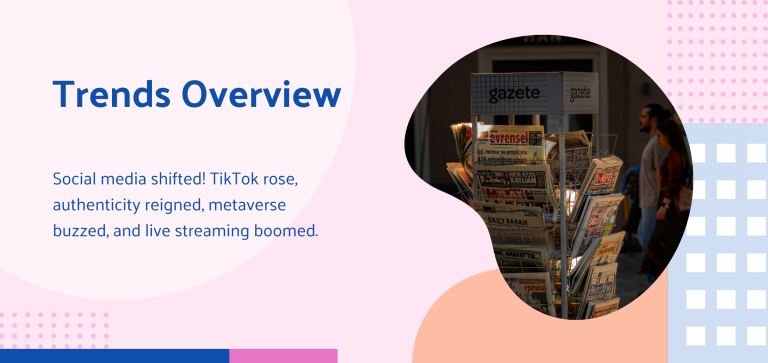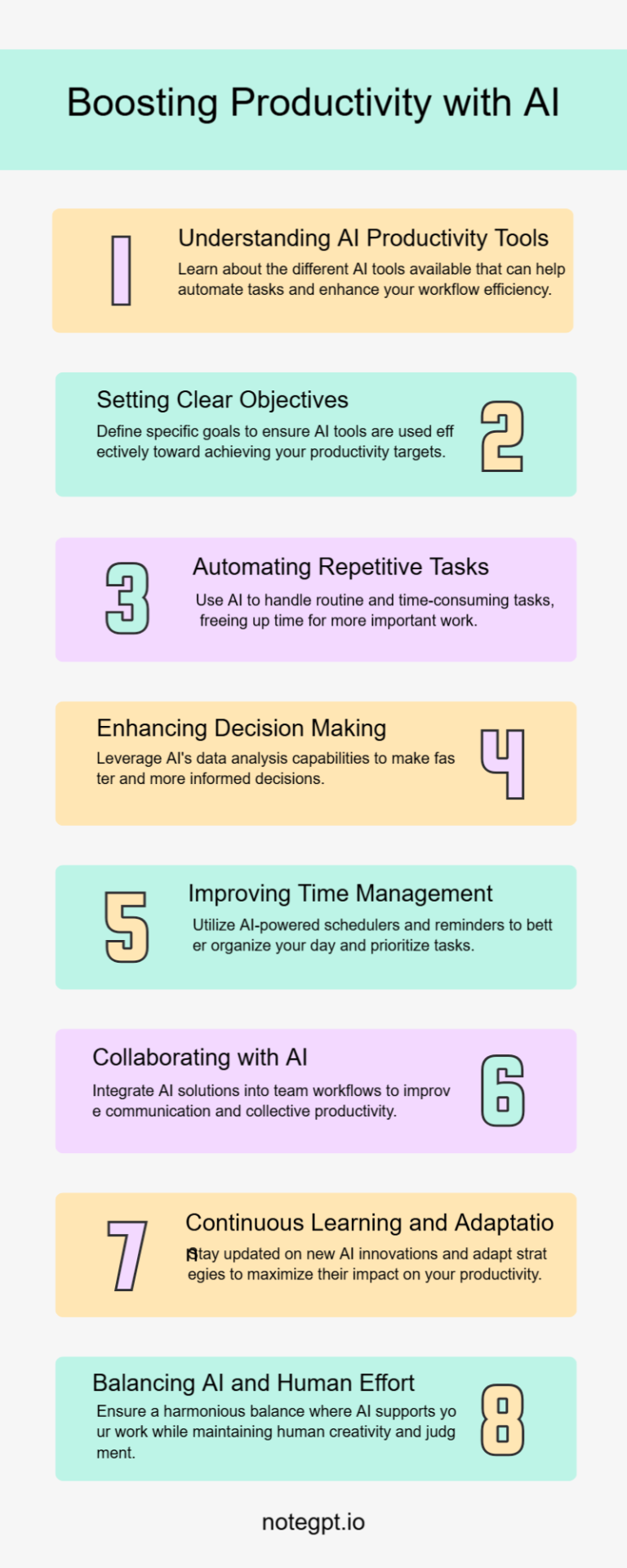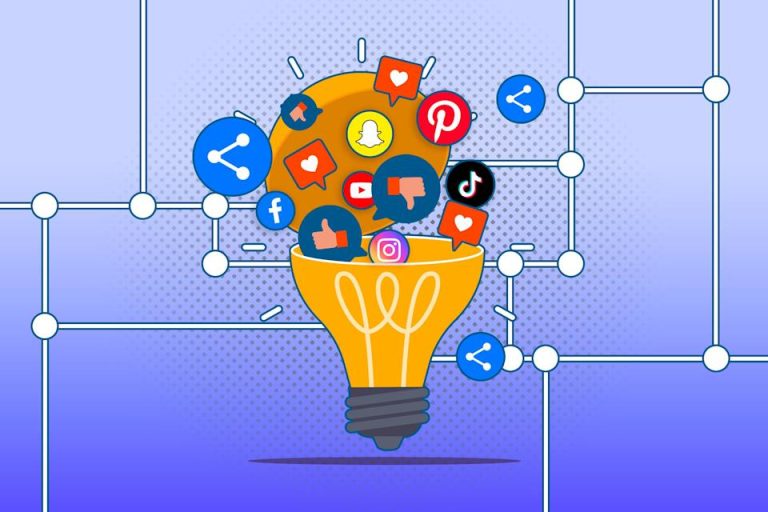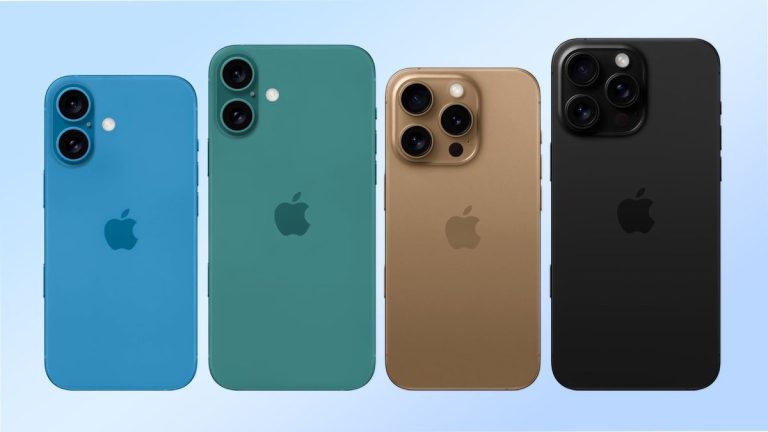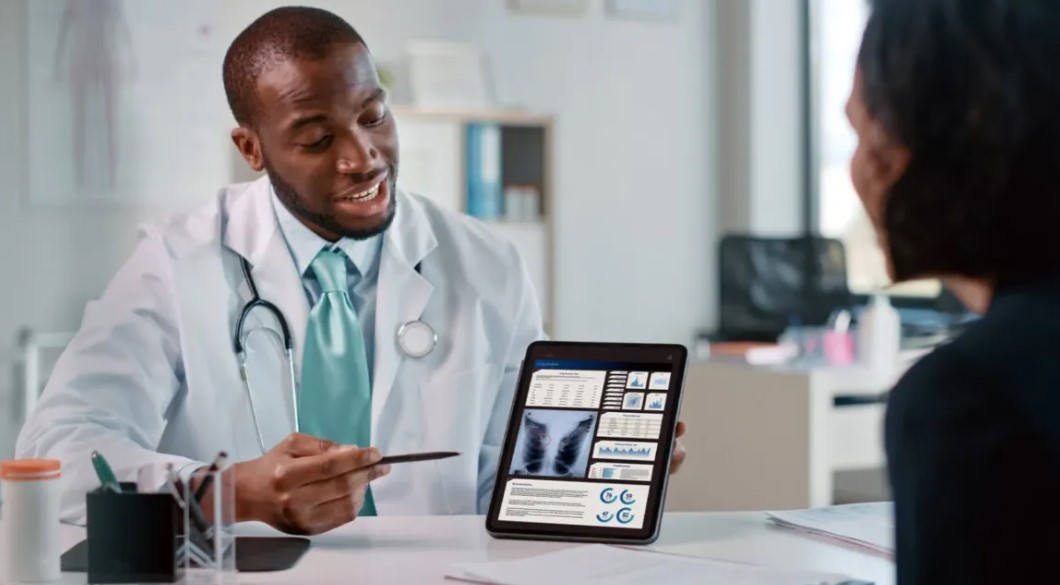
When 62-year-old Linda Thompson visited her primary care physician for a routine check-up in late 2024, she had no idea that an AI-powered screening tool would help detect signs of diabetic retinopathy—a condition she hadn’t yet felt symptoms of. The tool, developed by Google Health, flagged abnormalities in her retinal scan within seconds, prompting immediate referral to a specialist.
“I was shocked,” Linda recalls. “The AI caught something even the doctor didn’t spot at first glance. I’m thankful they use that technology.”
Stories like Linda’s are becoming increasingly common as artificial intelligence (AI) cements its role in clinical settings. Though AI has been hyped for years, it’s no longer theoretical—it’s already influencing how healthcare is delivered, often without patients even realizing it.

From Algorithms to Action: AI in Real-World Use
AI is now widely used in diagnostic imaging, electronic health records, predictive analytics, and drug development. According to a 2024 report by MarketsandMarkets, the global healthcare AI market is projected to reach $102.7 billion by 2028, up from $20.9 billion in 2023—an annual growth rate of nearly 38% .
A major driver of this adoption is medical imaging. Tools like IDx-DR, the first FDA-approved AI diagnostic for detecting diabetic retinopathy without a clinician, and Aidoc, which assists radiologists by flagging abnormalities in CT scans, are already used in hospitals across the U.S. and Europe .
A 2022 study published in The Lancet Digital Health found that AI systems matched or exceeded the diagnostic performance of human radiologists in breast cancer detection . Similarly, researchers at Stanford developed an algorithm capable of diagnosing pneumonia from chest X-rays with greater accuracy than trained radiologists .
Improving Outcomes While Easing Pressure
AI can streamline hospital operations, reduce burnout, and improve patient outcomes. Natural Language Processing (NLP) is being used to extract structured data from physician notes in EHR systems, helping reduce administrative burden—a leading cause of physician dissatisfaction, according to the AMA .
In the U.K., the National Health Service (NHS) has partnered with DeepMind to develop Streams, an app that alerts nurses to patients at risk of acute kidney injury. The tool has significantly sped up treatment times in pilot programs .
Risks and Ethical Challenges
Despite its promise, AI in healthcare presents serious concerns around bias, privacy, and accountability. Algorithms trained on non-diverse datasets may perpetuate health disparities. A 2019 study published in Science revealed that a commercial health algorithm used on over 200 million Americans consistently underestimated the health needs of Black patients [8].
The FDA and international regulators are responding with new frameworks for regulating AI in medical devices, focusing on transparency and post-market performance. In April 2023, the FDA’s Center for Devices and Radiological Health released a proposed rule to address “adaptive” algorithms that learn over time, requiring more continuous monitoring .
Looking Ahead: Predictive and Personalized Care
As AI matures, its next frontier may lie in predictive healthcare and personalized medicine. Machine learning models trained on genomic and lifestyle data could soon predict chronic disease risks years in advance.
Platforms like Tempus and IBM Watson for Oncology aim to tailor treatment plans based on an individual’s genetic profile and clinical history. Meanwhile, companies like PathAI are pushing the envelope in AI-assisted pathology, helping identify cancer subtypes that respond to specific therapies .
Technology with a Human Impact
While much of AI’s work happens behind the scenes, its effects are deeply personal. Earlier diagnoses, faster treatments, and more efficient care can change— and save—lives.
Just ask Linda Thompson. “I didn’t even know it was AI,” she says. “But I’m glad it was watching out for me.”
References
-
MarketsandMarkets. (2024). Artificial Intelligence in Healthcare Market.
https://www.marketsandmarkets.com/Market-Reports/artificial-intelligence-healthcare-market-54679303.html -
FDA (2018). FDA permits marketing of artificial intelligence-based device to detect certain diabetes-related eye problems.
https://www.fda.gov/news-events/press-announcements/fda-permits-marketing-artificial-intelligence-based-device-detect-certain-diabetes-related-eye-problems -
Aidoc. AI Radiology Solutions.
https://www.aidoc.com -
McKinney, S.M. et al. (2022). AI for breast cancer screening. The Lancet Digital Health.
https://www.thelancet.com/journals/landig/article/PIIS2589-7500(22)00109-4/fulltext -
Rajpurkar, P. et al. (2017). CheXNet: Radiologist-Level Pneumonia Detection on Chest X-Rays with Deep Learning.
https://arxiv.org/abs/1711.05225
